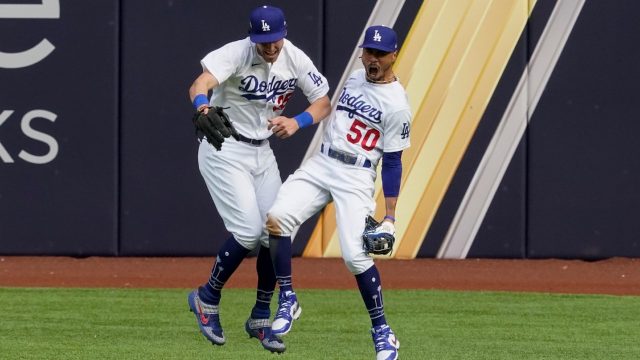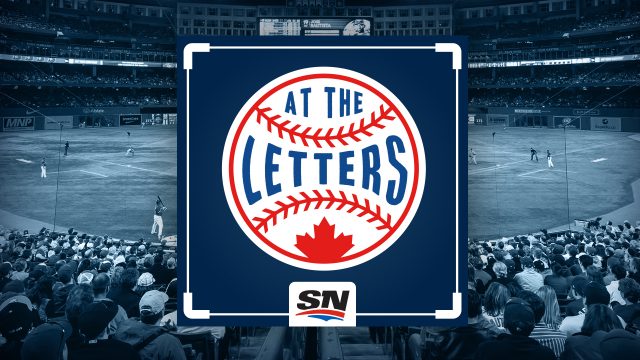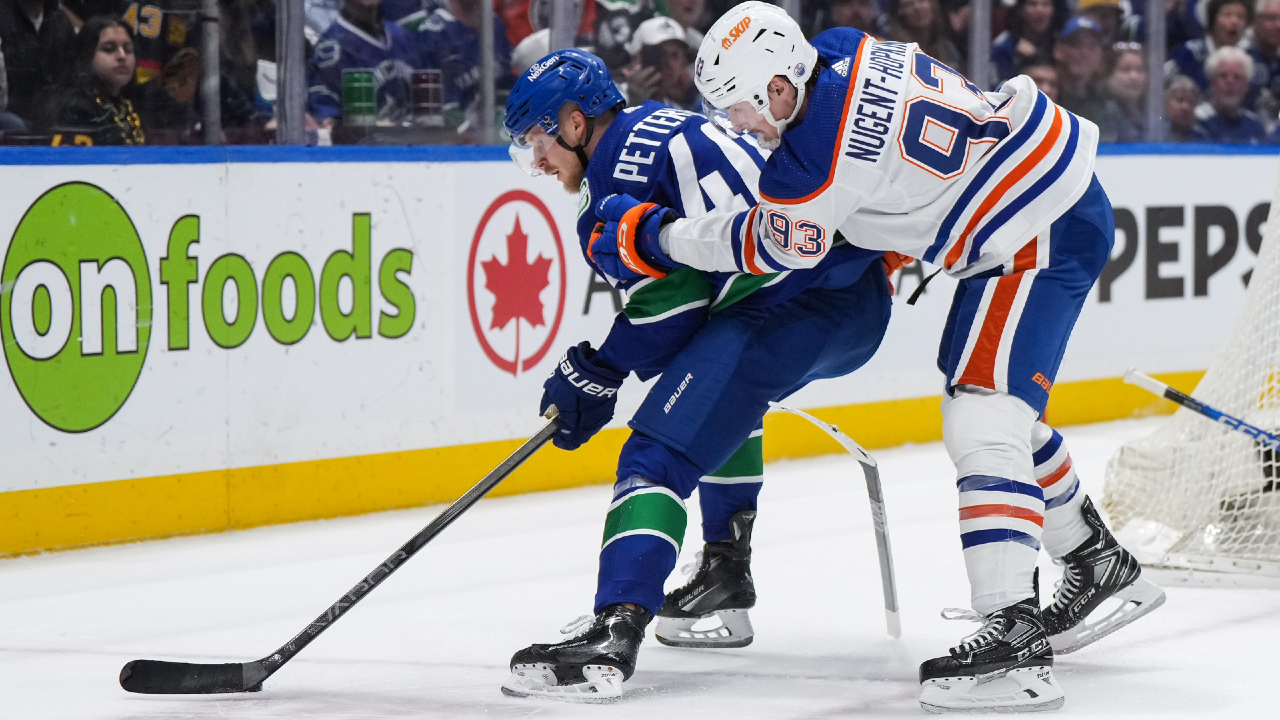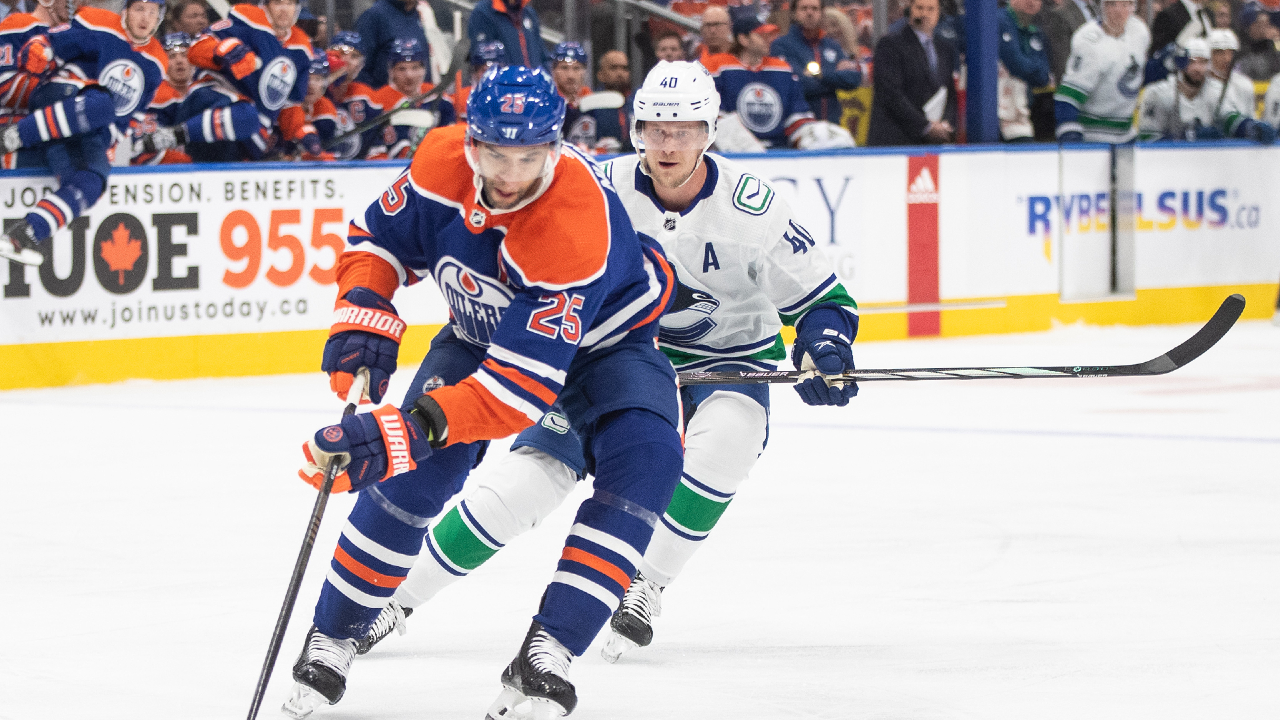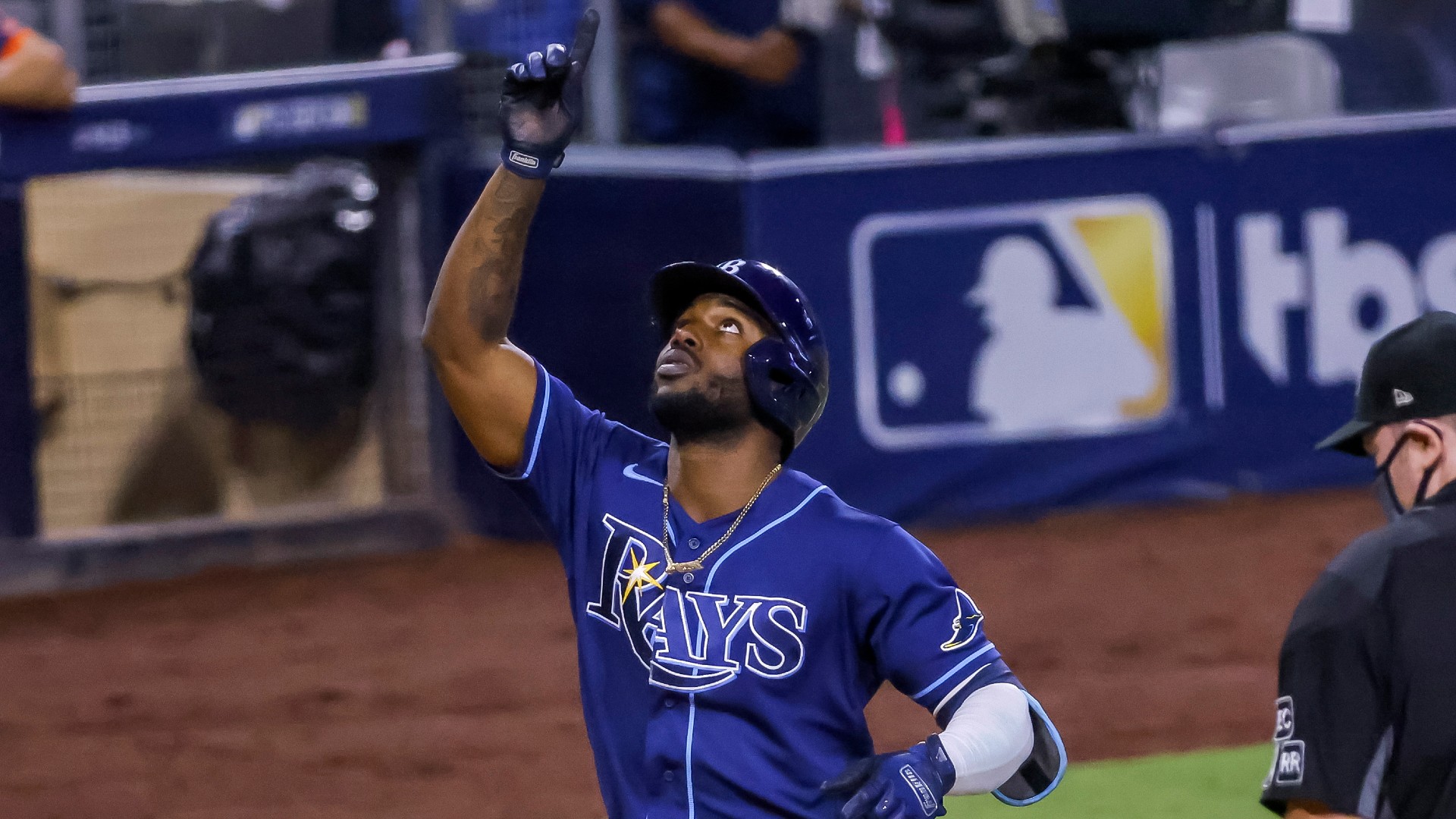
When two No. 1 seeds meet in the World Series, you can be confident you’re going to see some of baseball’s biggest stars fight for the sport’s ultimate prize.
This Fall Classic is no different as it includes former Cy Young winners (Clayton Kershaw and Blake Snell), two former MVPs (Mookie Betts and Cody Bellinger) and two former Rookie of the Year winners (Corey Seager and Bellinger again). And yet, for all the star power, the top performer between these two teams over the course of the playoffs has been 25-year-old rookie outfielder Randy Arozarena.
Arozarena has a .362/.422/.810 line, a playoff-best seven home runs, and almost twice as many hits (21) as the next best Ray in that category — Manuel Margot, who’s managed 11. The left fielder has been nothing short of a sensation, which caused his manager Kevin Cash to call him the ‘Cuban Mookie Betts’ during the ALDS.
That felt like an off-hand remark at the time, but not only has the moniker caught on, we are now witnessing a World Series where Arozarena and Betts are arguably the best and most important position players on opposing teams. Betts certainly showed his worth in Game 1 with a two-hit, two-steal performance that drove his club’s offence. As we wait to see if Arozarena has a counter-punch, it’s worth pondering on the validity of the comparison between the two.
First off, let’s get some context out of the way. Betts is a former MVP who was both a Gold Glove and Silver Slugger awards at his position in three of the four seasons prior to 2020 — and he could add to that collection of hardware in the off-season. His low point in recent years was a 2017 when he only won the Gold Glove and was worth 5.3 WAR. He just signed an extension worth $365 million dollars, and has a good chance to be an inner-circle Hall of Famer. It’s ludicrous to project Arozarena to reach those heights, no matter how good he looks right now — and to be clear, he looks outstanding.
With that said, it is fair to look at the Rays outfielder and try to tease out the Betts-like characteristics. Those characteristics can be found particularly in the pair’s athletic traits:
Arozarena vs. Betts as athletes
The Rays outfielder (five-foot-11, 185 pounds) and his Dodgers counterpart (five-foot-nine, 180 pounds) both have relatively similar frames that come with elite speed. Arozarena’s Sprint Speed is in the 93rd percentile whereas Betts clocks in as an 87-percentile runner. The difference between the two comes in how that speed manifests itself on the field.
Betts is an outstanding right fielder, as we’ve seen throughout the playoffs, and the fact he doesn’t play centre every day is a function of the guys he’s played alongside — Jackie Bradley Jr. rightly gets a lot of recognition here, but Bellinger’s Outs Above Average was 99th percentile in 2020 and 94th in 2019.
Arozarena, on the other hand, is a bit of an unknown quantity in the field at this point. He’s been relegated to left by the Rays, but that’s not a scathing indictment of his abilities on a team with Margot and Kevin Kiermaier. In Game 1 the Rays opted to DH him in order to put Hunter Renfroe in the field, which indicates they don’t see him as a defensive ace at this point. Most of his scouting reports see him as a plus in the corner and someone who can handle centre. He looks like someone who will contribute in this area, but maybe not a defensive game breaker like Betts.
On the bases, Arozarena shows a lot of potential — the St. Louis Cardinals even used him in a pinch-running role in the 2019 playoffs — but he has yet to produce significant base-stealing numbers. His highest stolen-base total in a pro season was the 26 he managed in 2018 and his career minor-league success rate is just 69.3 percent. Betts, on the other hand, has 136 MLB steals and has only been caught 27 times — a success rate of 83.4 percent at the highest level. His 10 stolen bases this season were tied for seventh in the majors, and his BsR was fourth. He gave a very vivid demonstration of his capabilities on the bases with two steals on Tuesday night.
The overall takeaway here is that Arozarena has similar explosiveness and athleticism to Betts, but he has yet to convert them into tangible production. Although he can improve on the bases and in the field, matching Betts in those areas is almost certainly unattainable.
Arozarena vs. Betts as hitters
This is where the two players diverge, although not in a way that is 100 per cent negative for Arozarena.
Between the 2020 season and the playoffs, Arozarena has slugged .786 in 35 games, a number Betts has only matched during one such span in his career, during his MVP season. The rookie’s home run total in those games (14) almost matches the total Betts managed (17) in 68 contests. Arozarena’s max exit velocity of 113.1 m.p.h. during the regular season is one that Betts has only topped once in his 3,662 plate appearances since the beginning of the Statcast era — and it was a groundout to third.
The ball explodes off Arozarena’s bat, and it would not be a shock to see him exceed Betts’s career high of 32 home runs in a season some day. It’s also worth noting that 50 per cent of the flyballs he’s hit in 2020 have cleared the fence — a wildly unsustainable rate — so his power probably isn’t as world-beating as it looks right now. For context, since 2002, when batted ball stats started to be publicly tracked, the highest home run rate on flyballs in a full season is 39.5 percent, a feat Ryan Howard managed in his 2006 MVP season.
Where the biggest separation between these two lies isn’t raw power, it’s discipline. Betts knows the strike zone inside and out. He has no objection to taking a base and his ability to restrain himself from swinging at bad pitches also helps drive down his strikeout rate, which has been exceptional for his entire career.
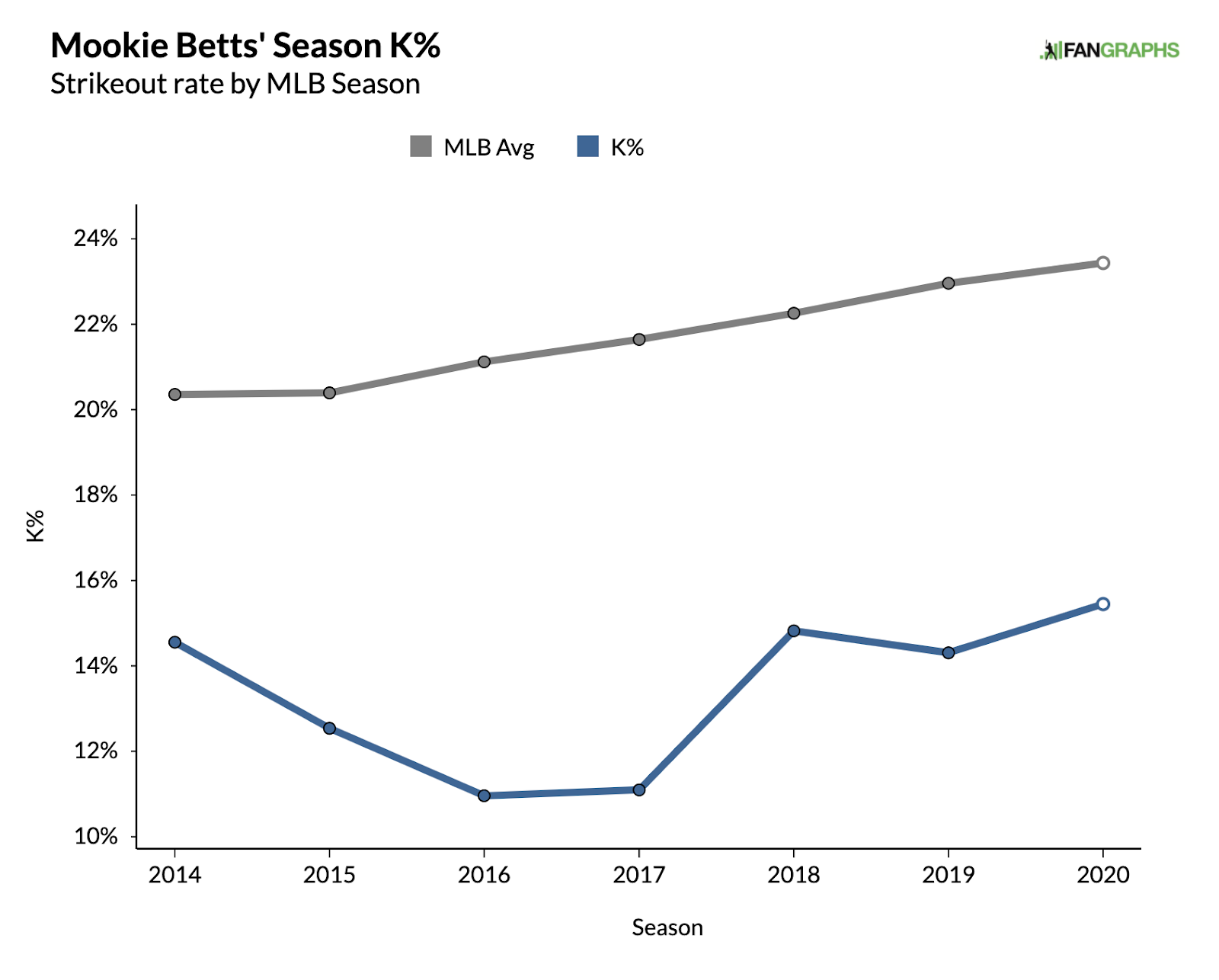
In these playoffs, Betts has done a particularly good job of getting on base for his teammates, drawing nine walks against 10 strikeouts, good for a 0.90 ratio that’s even better than his career average of 0.79. Although Betts possesses good power, he has a leadoff hitter’s approach and profile.
Arozarena looks more like a typical power hitter at the dish. Although he’s not a wild hacker, there’s plenty of swing-and-miss in his game — even on pitches in the zone — which has driven up his strikeout rate. His BB/K ratio during the season was a below-average 0.27, and it sits at 0.31 during the playoffs.
That doesn’t mean he’s doomed to fall off a cliff at the plate. There are plenty of hitters who put up similar K/BB numbers in 2020 like Luke Voit (0.31), Jose Abreu (0.31), and A.J. Pollock (0.27) who had outstanding years. The issue with profiles like these is that they put a ton of pressure on a hitter’s power tool. If they’re not hitting balls over the fence, they struggle to create value offensively. Betts has hit just one home run during the playoffs, but he’s still been extremely effective for the Dodgers. It’s hard to imagine we’d be talking about Arozarena without the long balls.
Drawing a direct parallel between Arozarena and Betts was probably not a wise move on Cash’s part. The Cuban outfielder is winding down his age-25 season with 62 MLB games played between the regular season and playoffs on his resume. In Betts’s age-25 season, he won the MVP and put up 10.4 WAR. The bar is simply too high.
Even so, there’s every reason to be excited about what Arozarena is doing right now, and in the short term he may well go hit-for-hit with Betts in the World Series. That’s the kind of heater he’s on right now. Should he rise to that challenge — a proposition that got even tougher after Game 1 — it will mean that he’s had a playoff run for the ages. It won’t make him the ‘Cuban Mookie Betts’.


